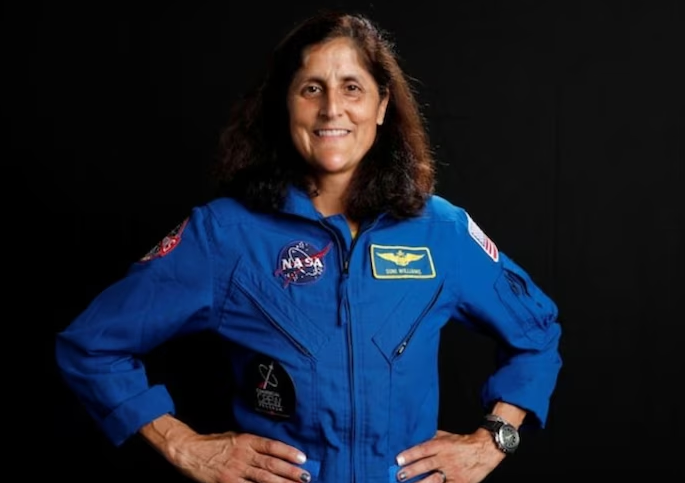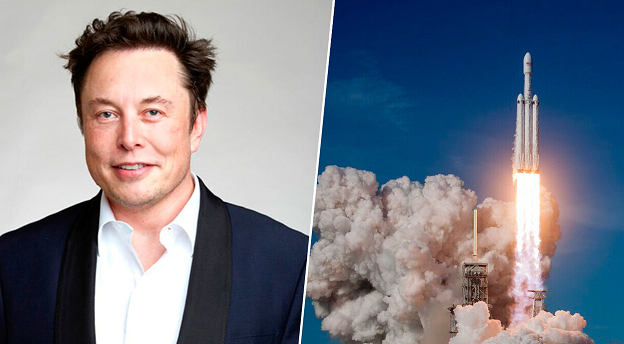Early Life and Education
Sunita Lyn Williams, an American astronaut and naval officer, was born on September 19, 1965, in Euclid, Ohio. Raised in Needham, Massachusetts, Sunita, affectionately known as Suni, was inspired by the pioneering spirit of her parents and her brother. Her father, Deepak Pandya, a neuroanatomist, emigrated from India, while her mother, Bonnie Pandya, is of Slovak descent. Suni attended Needham High School and later received her Bachelor of Science degree in Physical Science from the United States Naval Academy in 1987. In 1995, she earned a Master of Science degree in Engineering Management from Florida Institute of Technology.
Naval Career
Williams embarked on her career as a Navy officer, earning her wings as a Naval Aviator in 1989. She flew helicopters, including the SH-60B Seahawk, and served as a test pilot. Her notable assignments included deployments to the Mediterranean, the Persian Gulf, and the Western Pacific. She logged over 3,000 flight hours in more than 30 aircraft types, showcasing her versatility and dedication.

American astronaut: Sunita Williams
NASA Career
In 1998, Williams was selected as an astronaut candidate by NASA. Her first space mission was aboard the Space Shuttle Discovery on STS-116 in December 2006, heading to the International Space Station (ISS). During this mission, Williams set the record for the longest single spaceflight by a woman, spending 195 days in space. She conducted four spacewalks, totaling 29 hours and 17 minutes, another record for female astronauts at that time.
Record-Breaking Space Missions
Williams’ second mission was as part of Expedition 32/33, launched in July 2012 aboard a Russian Soyuz spacecraft. During this mission, she served as the commander of the ISS, becoming the second woman to command the space station. She performed three more spacewalks, adding to her impressive EVA (extravehicular activity) time.
In total, Sunita Williams has spent 322 days in space and completed seven spacewalks, accumulating 50 hours and 40 minutes of EVA time. Her achievements have cemented her legacy as one of the most accomplished astronauts in history.
Contributions and Legacy
Williams’ contributions to space exploration extend beyond her record-breaking missions. She has played a crucial role in scientific research conducted on the ISS, focusing on areas such as biology, material science, and technology development. Her work has advanced our understanding of how long-duration spaceflight affects the human body and has helped pave the way for future missions to Mars and beyond.
Williams is also an advocate for STEM (Science, Technology, Engineering, and Mathematics) education. She frequently engages with students and educators, sharing her experiences and inspiring the next generation of scientists, engineers, and explorers. Her efforts have encouraged countless young people, especially girls and minorities, to pursue careers in STEM fields.
Personal Life
Sunita Williams is married to Michael J. Williams, a federal police officer in Texas. The couple enjoys outdoor activities such as running, biking, and hiking. Williams is also an avid animal lover and has two rescue dogs.
Current Endeavors
As of 2024, Williams continues to serve as an active astronaut and a member of NASA’s Artemis program, which aims to return humans to the Moon and eventually send astronauts to Mars. Her extensive experience and dedication make her an invaluable asset to the future of space exploration.
Conclusion
Sunita Williams’ remarkable career as an astronaut and naval officer has left an indelible mark on the field of space exploration. Her record-breaking achievements, dedication to scientific research, and commitment to inspiring future generations underscore her status as a trailblazer and a role model. As she continues to contribute to humanity’s quest to explore the cosmos, Sunita Williams exemplifies the spirit of adventure and discovery that drives us to reach for the stars.








